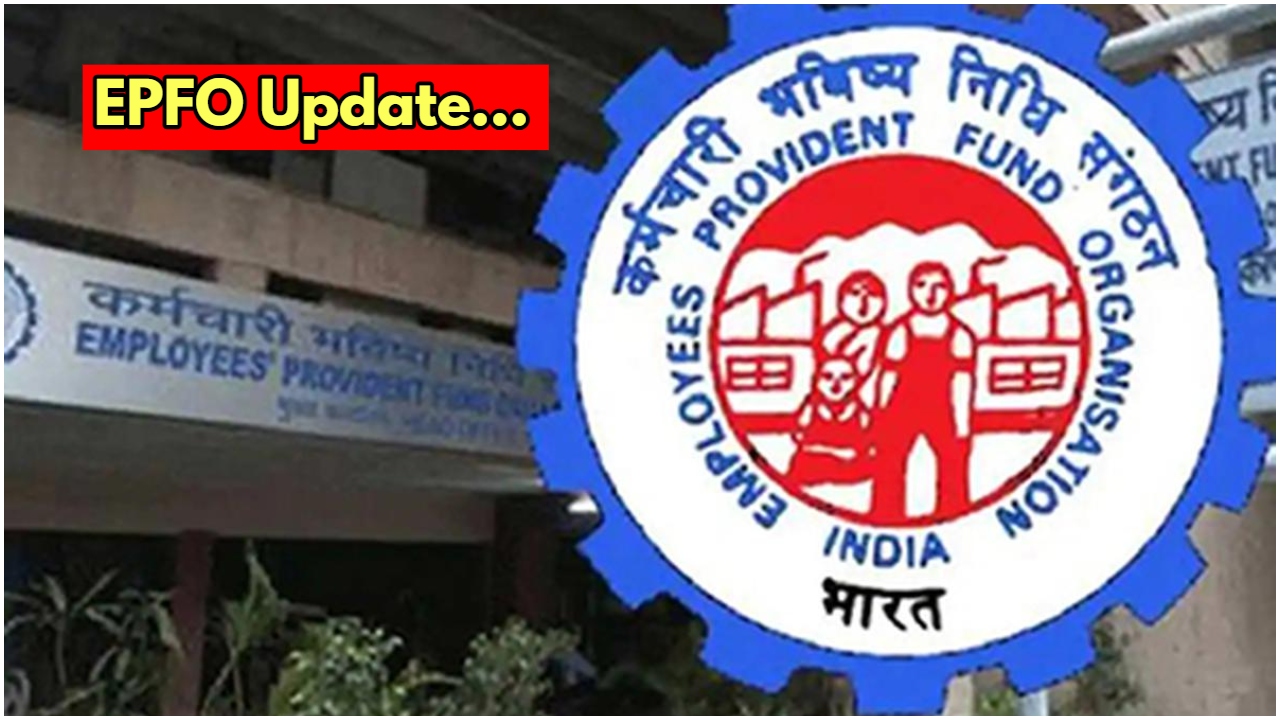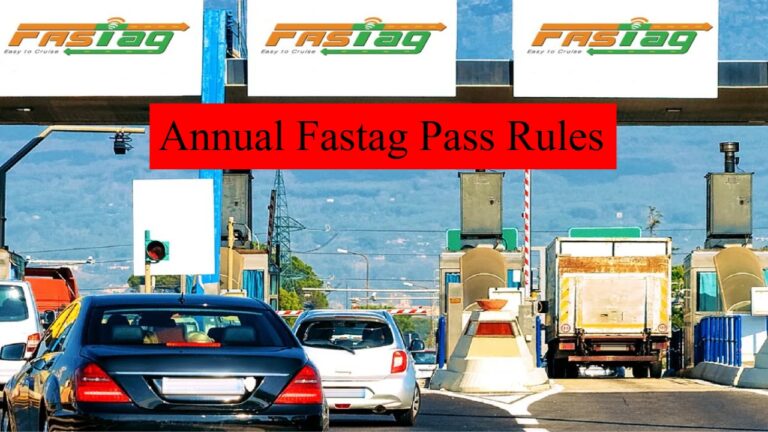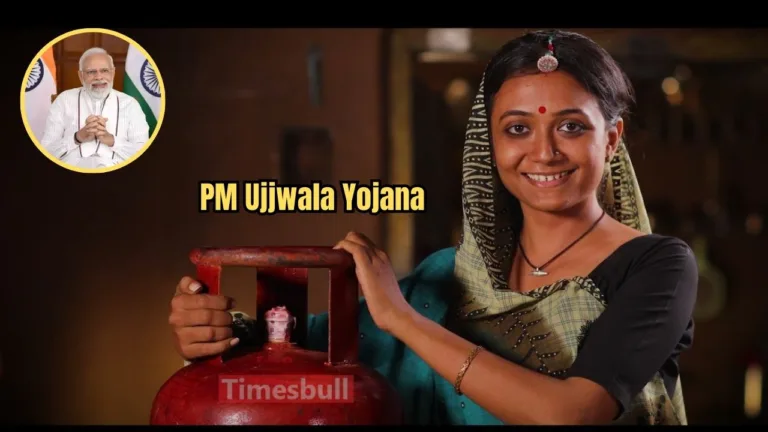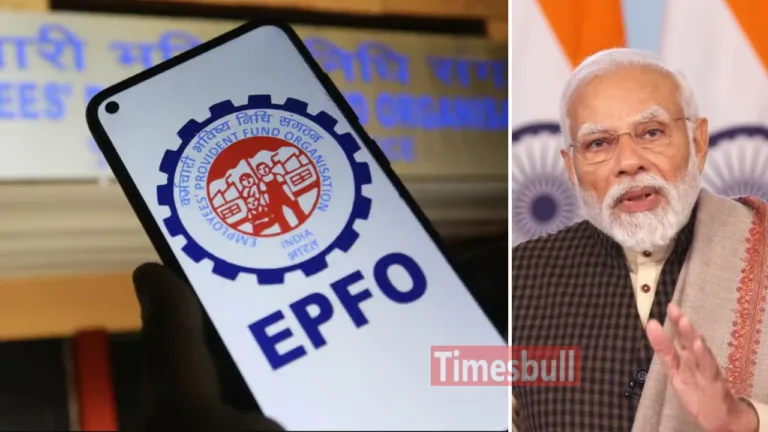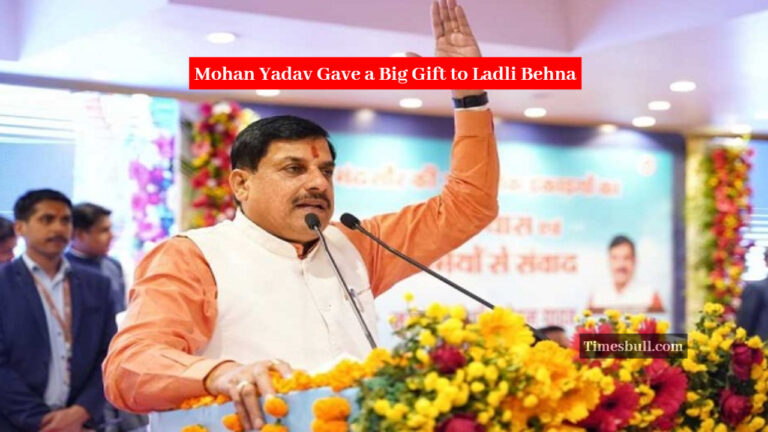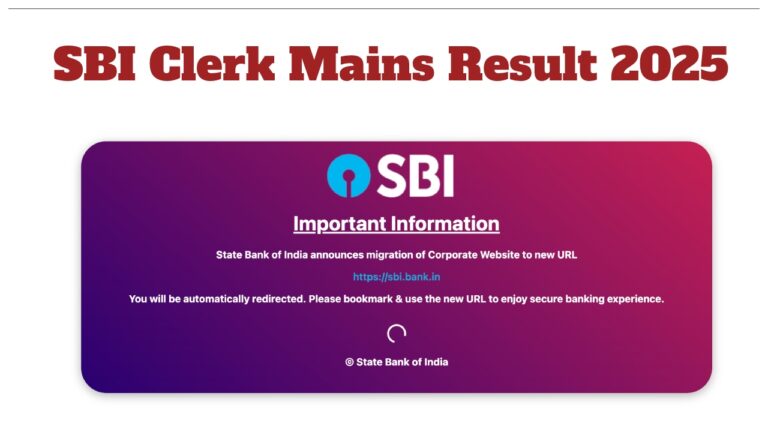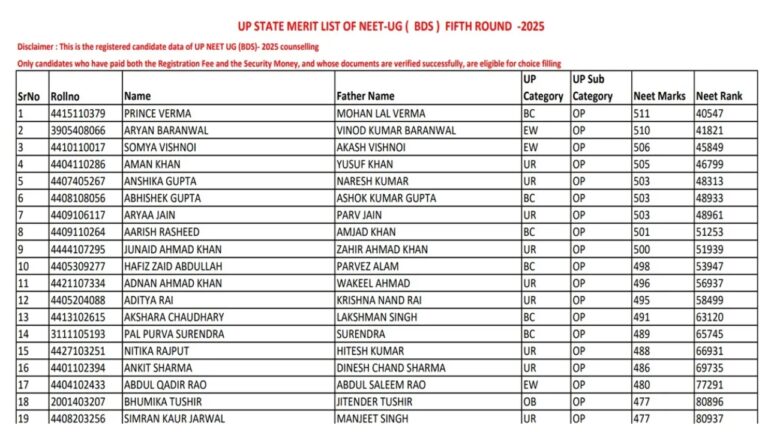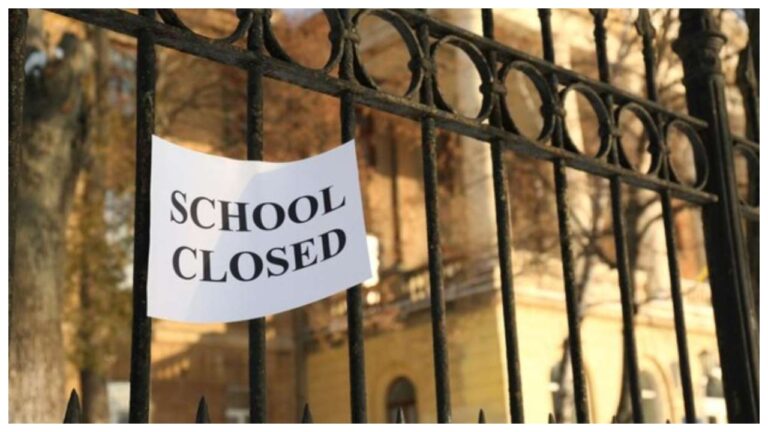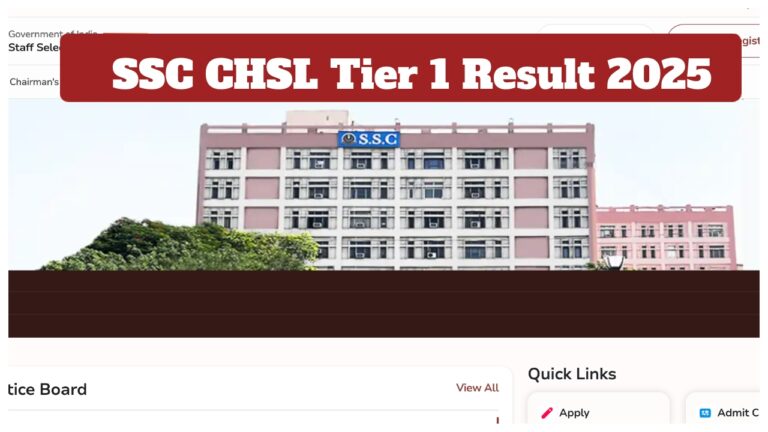If you are a salaried employee, you likely have a Provident Fund (PF) account. Every month, a portion of your salary, along with your employer’s contribution, gets deposited into this account. There may come a time when you need to withdraw some or all of your PF savings. But do you know the rules governing when, how, and how much you can withdraw? The Employees’ Provident Fund Organisation (EPFO) has set specific guidelines with certain conditions. Understanding these rules is crucial to avoid complications later. Let’s break down the key EPF withdrawal rules.
1. Withdrawal for Marriage
Under EPFO Rule (Para 68K), you can withdraw PF money for marriage—yours, your siblings’, or your children’s. However, you must:
Be an EPF member for at least 7 years.
Have a minimum of ₹1,000 in your account.
You can withdraw up to 50% of your contribution (including interest).
2. For Children’s Education
EPFO allows PF withdrawals for your child’s education under the following conditions:
7 years of EPF membership is mandatory.
You can withdraw up to 50% of your contribution (with interest).
This facility can be availed only 3 times in your lifetime.
3. Buying, Building, or Renovating a Home
If you plan to buy, construct, or renovate a house, EPFO Rule (Para 68B) permits PF withdrawals. The conditions are:
Minimum 5 years of EPF membership.
For repairs, withdrawals are allowed only after 5 years of house construction.
If additional repairs are needed, you can withdraw again after 10 years.
This withdrawal is allowed only once.
4. Medical Emergencies
EPF rules for medical withdrawals (Para 68J) are more flexible:
No minimum membership period required—you can withdraw even immediately after joining.
No limit on the number of withdrawals.
5. Pre-Retirement Withdrawal
If you are one year away from retirement, EPFO Rule (Para 68NN) allows you to withdraw up to 90% of your total PF balance. This can be done only once.
6. Unemployment Withdrawal
If your company shuts down for more than 15 days without compensation, or if you don’t receive a salary for over 2 months, you can withdraw your PF under EPFO Rule (Para 68H).
7. Repaying a Home Loan
If you’ve taken a home loan, EPFO Rule (Para 68BB) allows PF withdrawals to repay the principal and interest. Conditions:
Minimum 10 years of EPF membership.
You can withdraw 36 months of basic salary + DA or the total employee-employer contribution, whichever is lower.
Final Thoughts
Understanding EPF withdrawal rules helps you make informed financial decisions. Whether it’s for marriage, education, medical needs, or home loans, knowing the eligibility criteria ensures a smooth process. Always check the latest EPFO guidelines before applying for a withdrawal.
